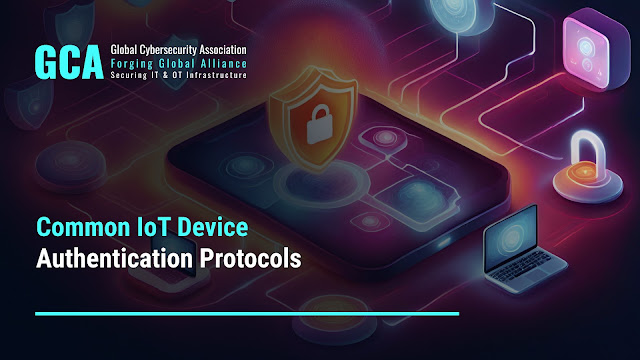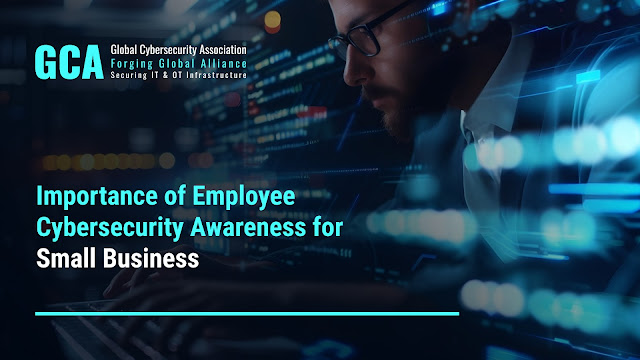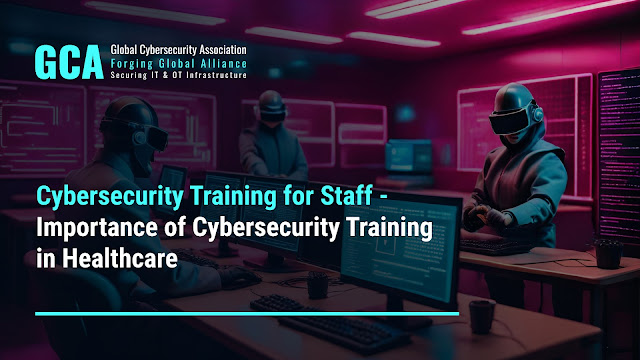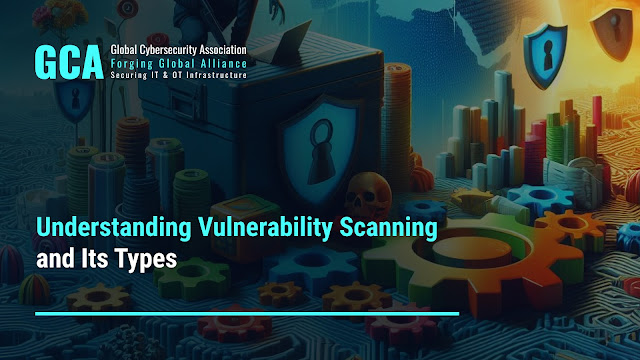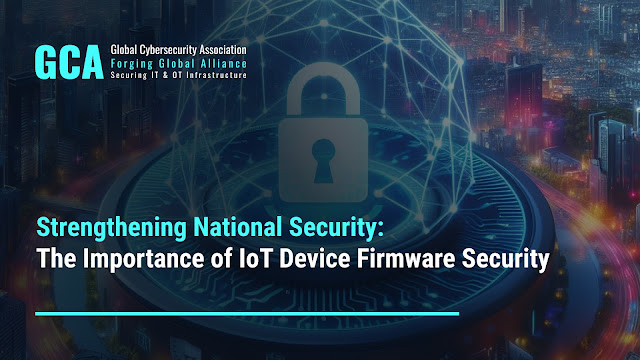Understanding the Crucial Role of Governance Risk and Compliance in Modern Organizations
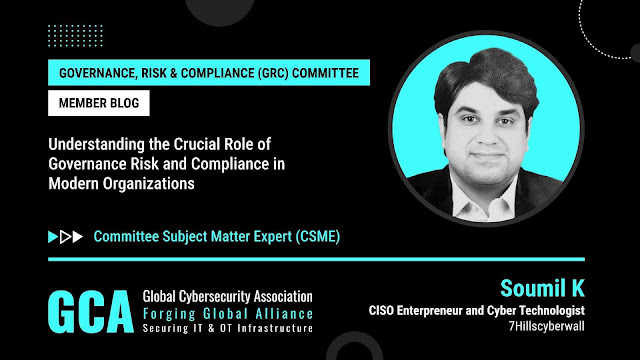
In today’s dynamic business environment, organizations face a myriad of challenges ranging from regulatory compliance to cybersecurity threats and strategic risks. Effectively managing these challenges requires a comprehensive approach that integrates governance, risk management, and compliance (GRC) practices into the organizational framework. GRC plays a pivotal role in safeguarding the interests of stakeholders, ensuring operational efficiency, and sustaining long-term growth. Let’s delve into why GRC is of paramount importance in modern organizations. GRC serves as a guiding framework that enables businesses to navigate the ever-evolving regulatory environment while mitigating risks and promoting ethical conduct. Discover the Role of Governance Risk and Compliance in modern organizations. Dive deeper into GRC’s role in organizational success. Scenario Analyzation for Governance Risk Compliance. Let’s explore a scenario illustrating the importance of GRC (Governance, Risk, and Comp
